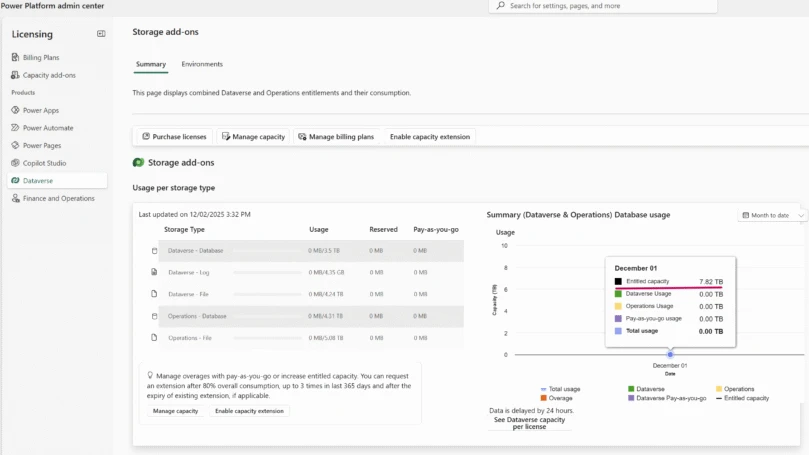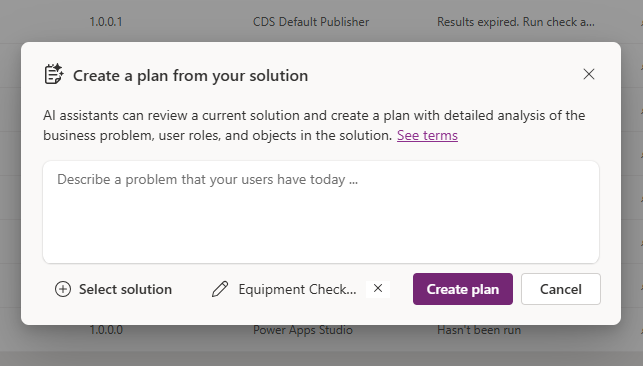The operational efficiency of organizations is correlated to how streamlined workflow processes are. One type of workflow that organizations experience high volumes of are approvals processes. Because approval processes are fundamental for business operations, quick and accurate turnaround of them is a requirement for business success. Automation of approval processes was once a differentiator but in today’s rapid business climate, it has become a foundational necessity. Automation provides reduced process time, increased accuracy (eliminating human error), and ultimately reduced operational costs. McKinsey research found that automation of 50-75% of tasks can lead to:
- 20-35% annual run-rate cost efficiencies
- reduction in straight-through process time of 50-60%
- a return on investments often in triple-digit percentages.
Additionally, the American Productivity and Quality Center (APQC) did a recent study on accounts payable process costs which include:
- labor
- systems
- outsourcing
- overhead
- other general accounts payable processing costs.
The research found that the least efficient organizations spend a remarkable five times more than their more efficient peers. The study of nearly 1500 organizations across diverse industries found that the average cost for accounts payable processes for the most efficient quartile of organizations was $2 while the least efficient quartile spent $10. This wide variation in costs was directly related to the sophistication and investment an organization made in automating accounts payable and receivable processes. For example, organizations in industries processing a high volume of invoices generally leveraged more advanced automation technologies which helped reduce labor costs. With automation, these organizations were able to consolidate vendors, automate shipping routines, and streamline data processing. Approval processes are at the heart of operations for every organization and these studies are evidence of the invaluable benefits automation can provide.
Approvals Automation is A Core Capability of Microsoft Flow
Automation of approval processes is a core capability of Microsoft Flow which is designed to offer automation that (figure 1):
- scales across end users and experienced developers
- is secure and integrated across your ecosystem
- accelerates your productivity
- is intelligent leveraging the power of AI.
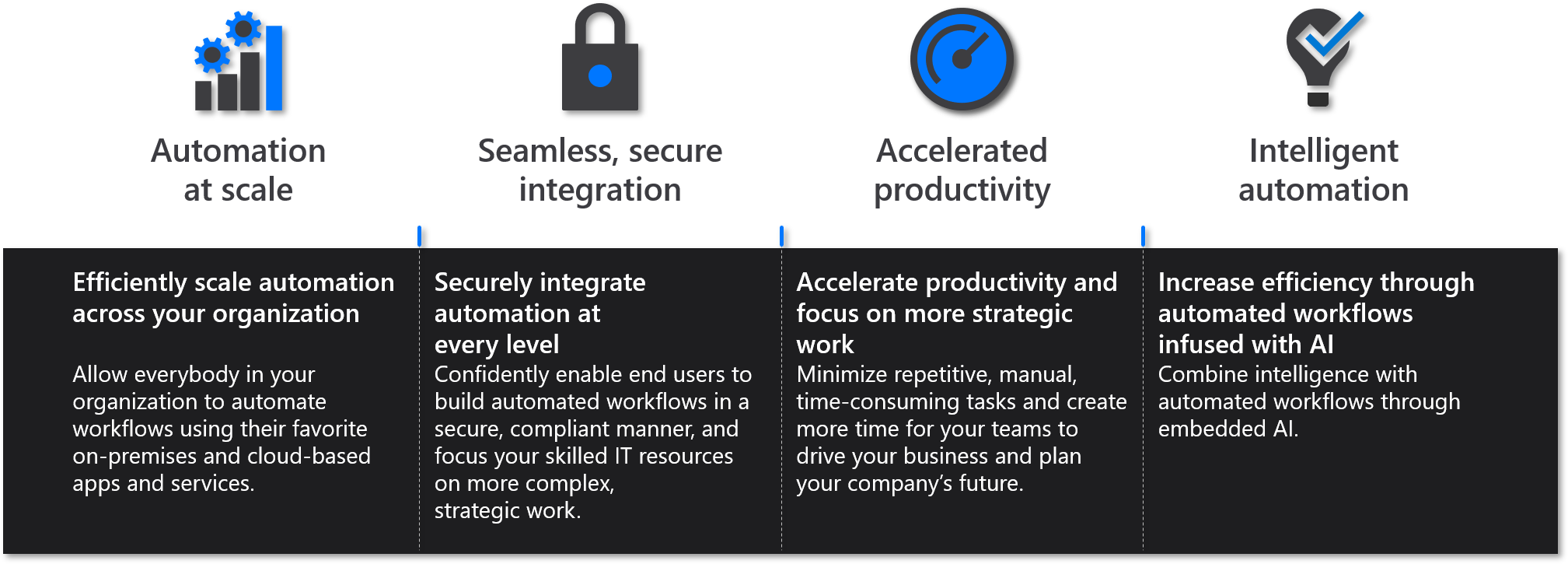
Figure 1. The fundamental values of Microsoft Flow.
In fact, Flow comes with nearly 150 pre-defined templates which range from the most common to unique approvals scenarios (figure 2). Flow also offers connectors to over 270 1st and 3rd party applications, so you can automate approvals processes across the most widely used applications. Flow is the only automation service with native integration with Office 365, Dynamics 365, and Azure, meaning automated approvals with Flow offer unparalleled efficiency. Approvals can be seamlessly requested on Microsoft Teams, customized approvals emails can be sent with Outlook, or Dynamics sales quotes can be addressed easily. Microsoft Flow offers this native integration which allows many of your essential approvals processes to be done with the click of a button with no requirement to launch any additional applications. Users can create the flow and it will start executing as needed.
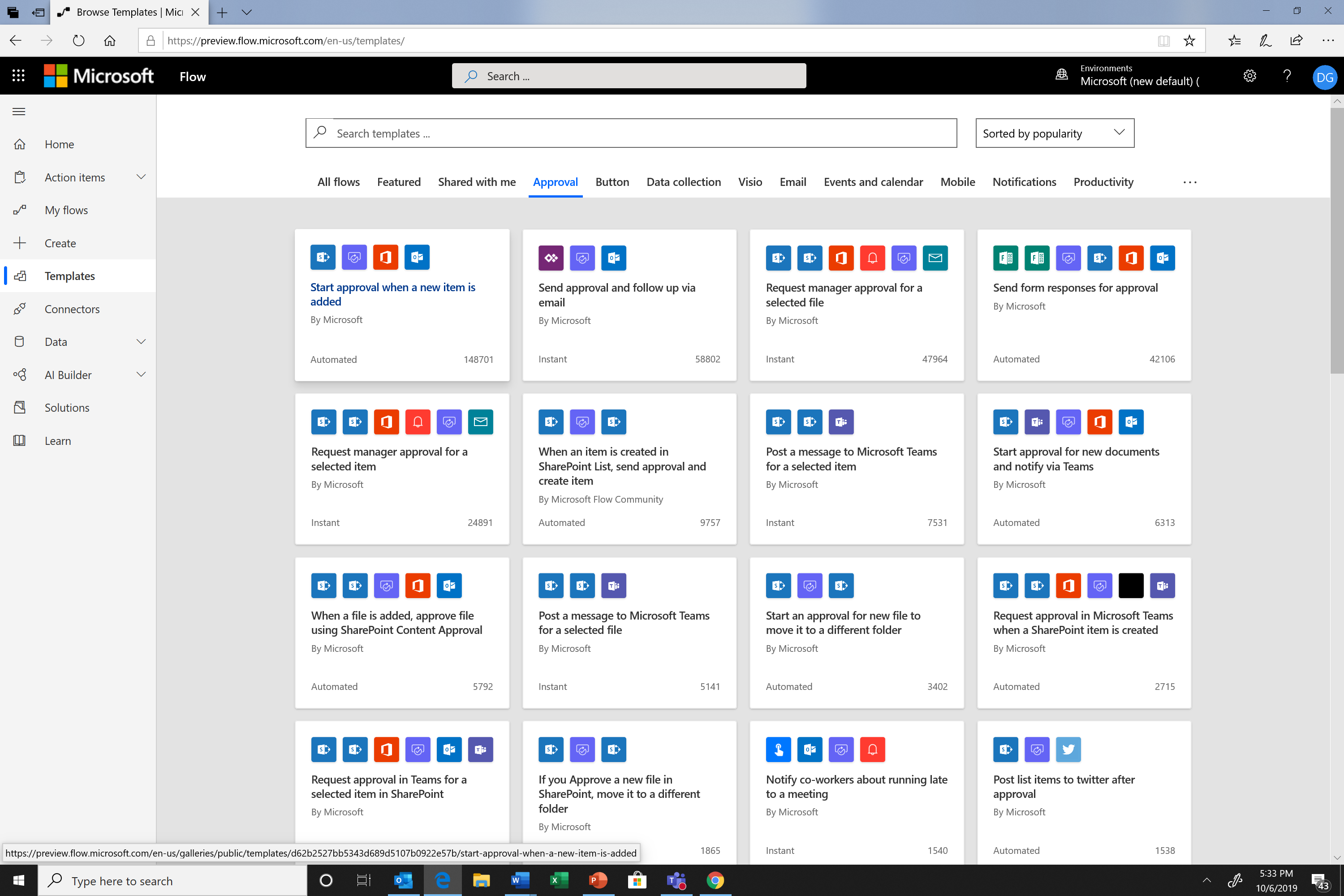
Figure 2. Several of the automate approvals templates offered out of the box with Microsoft Flow
Users are not limited to the templates. Each template can be customized for specific use cases. If none of the templates provide an approvals scenario that your organization experiences, user can also create your own approvals flow from scratch. With Microsoft Flow, your organization can realize the significant advantages of automation for a wide variety of your approval processes.
Create Sophisticated Approvals Flows
Microsoft Flow is built for anyone in your organization, from end users to experienced developers (figure 3). An end user can easily create an automated approval request sent to their manager, while a more experienced user can create approvals processes with more multifaceted scenarios.

Figure 3. Flow users range from end users to more experienced developers and IT.
Flow enables users to create sophisticated approvals processes. Beyond single approvals, Flow allows users to create:
- Sequential Approvals: Workflows requiring pre-approval before the final approver is required to sign off. Imagine the scenario where both your manager and skip manager must approve the amount spent on a purchase order.
- Parallel Approvals (figure 4): A parallel approval workflow is when multiple persons are required to approve items such as invoices, purchase orders, vacation requests, etc. Each person’s approval is independent of all other approvers.
- Everyone Must Approve: A workflow requiring all assigned approvers to agree for a request to be approved, but any approver can reject the entire request.
- Integrated Approvals: Microsoft Flow is built on top of the Common Data Service. Users can build flows that have information stored in the Common Data Service independent of a flow. If you store the status of the approval in an entity, your flow can work on top of it. Imagine if a user adds a file to Sharepoint. Once the file is added, the information can be emailed to a reviewer to approve or reject.
- Custom formats for approvals requests: Microsoft Flow enables you to use Markdown syntax to add rich formatting and tables to your approval requests.
- Custom approval response options: Imagine a scenario where an approver can respond with multiple options such as: Accept, Need more info, or Reject.
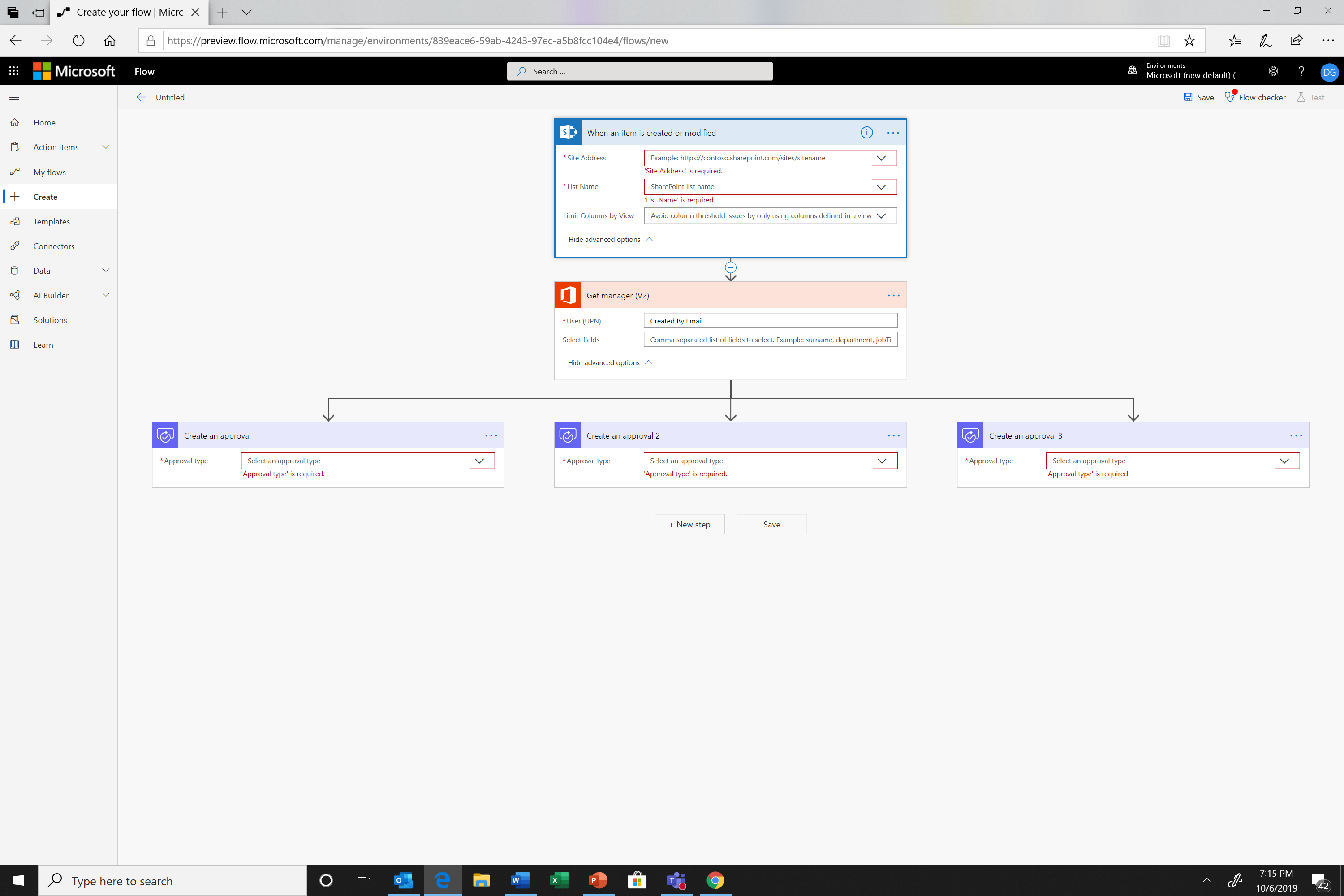
Figure 4. Parallel approval process with Microsoft Flow
With approvals being a significant percentage of an organization’s workflows, Microsoft Flow can easily make approval processes less of a burden. Users can begin saving time and effort by immediately using the pre-built templates or create flows for more elaborate scenarios that address custom requirements.
Let Flow Enhance Your Digital Transformation
Let your organization start benefiting from powerful and secure automation. Be sure to join our growing Flow community and participate in discussions, provide insights, and even influence product roadmap. If you’re not already, be sure to follow the Flow blog to get news on the latest Flow updates, learn how Flow is a secure service, and read our whitepaper on best practices for deploying Flow in your organization. Also, be sure to check out the Flow tutorials page and our video channels hosted by Flow engineers who will demonstrate how to create sophisticated flows within a matter of minutes. Go to flow.microsoft.com, to get started with Flow today! Also, if you’re attending Microsoft Ignite, be sure to check out some of our sessions!
- A guide to building enterprise-ready flows
- Flow Community
- Flow Blog
- Flow Tutorials with Jon Levesque
- Flow Tutorials with Audrie Gordon
- Administering a PowerApps Enterprise Deployment Technical Whitepaper
Microsoft Flow Sessions At Ignite
- Intelligent Automation With Microsoft Flow
- Bottom Up Innovation with Microsoft Flow
- Sharepoint + Flow: Leading the power of digital transformation
- Hands-on process automation with Microsoft Flow


